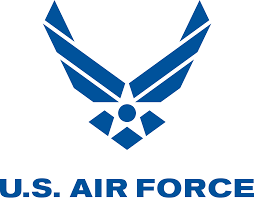
“It is innovative ideas such as these that continue to drive down sustainment costs, leading to improved weapon system readiness,” said Eddie Preston, a senior materials engineer for the RSO. “If you can imagine sitting on a commercial aircraft, everything around you including parts of the seat you are sitting in, we can print.”
And while the military in general may have been using 3D printing and additive manufacturing quietly and before anyone knew about it—just like other auto companies such as BMW and aerospace entities like NASA and GE—they are now able to create many different prototypes and parts that would not have been possible before. Many times, strength is the issue, but weight is also a major factor in many cases, allowing for lightweight components that make a huge difference in aviation (and space travel).
The 3D printed parts are installed in the following areas on the C-5 aircraft:
- Cabins
- Crew bunking areas
- Overhead panels
- Reading and emergency light covers
- Window reveals
- Gasper panels
Air Force representatives said that aluminum seal retention handles were redesigned via 3D printing processes for better ergonomics, lighter weight, and overall strength. The benefits of 3D printing were in full force during this project too as they were able to cut turnaround time in production exponentially, especially in getting rid of the usual two-tone paint scheme. Print time averaged 24-48 hours and engineers worked with the materials supplier so that parts could be 3D printed in the color required for the cabin—streamlined without any additional painting necessary.
As is so common today, many parts that need replacing or maintenance may be difficult to find or simply not available at all—or it could take months or even years to attain them or make them. As this project continues, however, the C-5 Program Office and RSO teams plan to install 20 more components. Some are being 3D printed in metal (titanium and other alloys) and some in a variety of polymers, with their catalog of parts continuing to grow for future use and reference. Just with the first 17 3D printed parts installed, the RSO projects they will save tens of thousands of dollars, along with improving parts and performance—and even more importantly, weapon system readiness.
What do you think of this news? Let us know your thoughts! Join the discussion of this and other 3D printing topics at 3DPrintBoard.com.